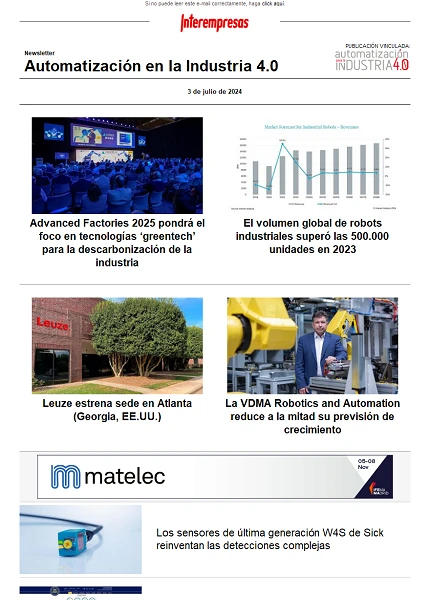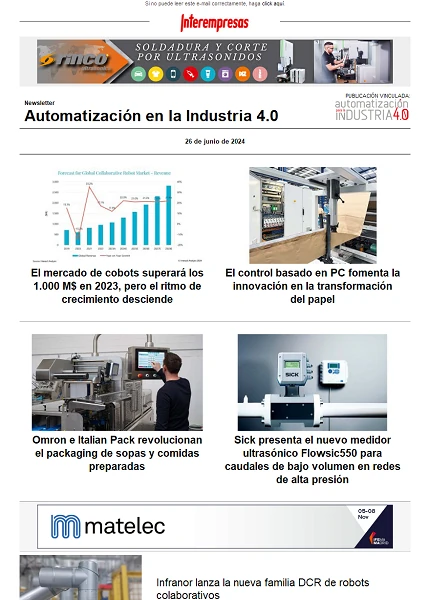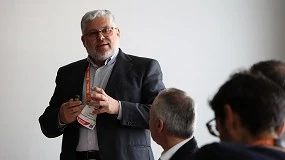Virtual perfection
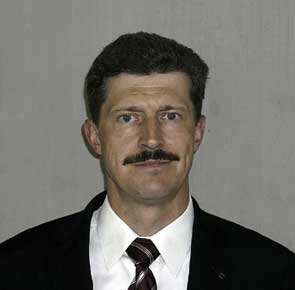

An integrated simulation environment reduces "time to market"
Still, the simulation methods used so far in the manufacture of machine tool have a serious disadvantage: covers separately the mechanical (topology and static, dynamic and thermal properties), the field of drive and control technologies, and simulation of processes (formation of chip, forces of the process). In addition, are used one after another. This means that only those properties that appear as relevant in each of the processes are optimized. The interrelationships with other aspects are ignored.
Machine tool simulation in real time
These works may seem very theoretical and that is why the project is carried out not only by university institutions, but also by software companies and manufacturers of machine tools and components that offer the maximum possible convenience. The project co-ordinator is Ernst-Ulrich Schmitz of the manufacturer of machine tool Index - Werk, located in Germany. Schmitz notes a great need to act with respect for the method of simulation: "our main objective is the autonomous simulation of an environment that we can create with SimCAT." To achieve this we don't want to reinvent the wheel, i.e., we do not want to develop another simulation tool. "We are trying to match the available tools for the simulation to generate with as much accuracy as possible a map of the mechanical structure, the properties of the control and the drive and the manufacturing process."
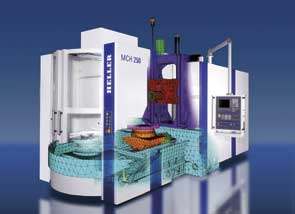
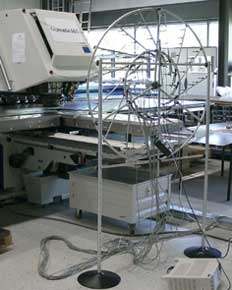
The system analyses the interrelationship of various forces
Integrated simulation system that pursues SimCAT is done on various stages. "It should be more interesting for machine tool manufacturers see how, for example, we can determine quantitatively guides anti-fricción damping values."
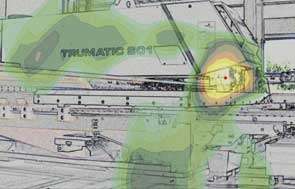
Manufacture quieter machine tool
SilEnT aims to design and develop a universal concept that serves to create machine tools highly dynamic with minimized noise emissions. What seems complicated is simple: modified designs should be all kinds of quieter machines. So that these measures can be planned and tested in current machines.
The project participants are manufacturers of machine tool Metrom, Chemnitz (Court) and Trumpf in Ditzingen (deformation machines). Coordinator Rainer Hank, Trumpf, explains the motivations of his company "punching machines are indispensable in the work in steel." They work with a highly energy efficient and are able to perform functions that a laser machine can do. However, they are noisy. "Excitation of highly dynamic processes" is the result of the so-called "shock cutting" (the Court coup) caused by the punching. When the tools contact with the material and cross, tension in the structure of the machine are quickly eliminated. This leads to the transfer of vibrations which are issued as high emissions of noise via the bed of the machine. In extreme cases levels amounting to 105 dB (A) have been measured. "We want to do something with this".
Encapsulate the noise is only the second best solution: preferable measures are active
A passive solution, is to modify the installation by means of devices which encapsulen the noise. This measure implemented to date, however, has several disadvantages: considerably restricted accessibility, obstructs the charging stations automatic tool changes and connection to other machines.
It is the most practical solution to prevent noise as soon as it is generated. Here, the SilEnT project, after experimental research on the properties of the noise on the machines of today, has carried out simulations results are analyzed for potential improvements. Rainer Hank explains: "We are trying to cushion the highly dynamic excitation of processes when it appears." The solution includes on the one hand, measures for the bed of the machine design and mechanical: on the other hand, the use of active elements called "adaptrónicos". "These actuators can vibrate in antifase to improve the rigidity of the plate and stop the noise when it originates".
The machine tool sector learn from the automotive engineering
If the design of the bed of the machine must optimize also from the acoustic point of view and the elements added to the correct sites piezolectrónicos, manufacturers of machines should use simulation and special equipment of measurement and analysis software. Many of these approaches, however, are new to the machine tool sector, so the project makes use of experience in the automotive sector.
Noise emissions have been investigated and sounds designed for many years. Consequently this project has climbed aboard to partners such as the company Head Acoustics of Herzogenrath, which is trying to transfer their know-how to the manufacture of machines. Meanwhile, these companies have carried out research with an acoustic camera at the Fraunhofer Institute for Machine Tools and Forming Technologies (IWU) in Chemnitz. Even the company Smart Material, of Dresden, a specialist for active elements and adaptrónicos, is bringing the experience from the automotive engineering.
SimCAT
• Index-Werke GmbH & Co. KG Hahn & Tessky, Esslingen
• Gebr. Heller Maschinenfabrik GmbH, Nürtingen
• Inputs-Ingenieurgesellschaft für technische Software mbH, Stuttgart
• Siemens AG - Automation & Drives, Erlangen
• Rexroth Star GmbH, Schweinfurt
• University of Stuttgart - ISW, Stuttgart
• FAITH-Design Gesellschaft zur Herstellung von Analysesoftware mbH, Karlsruhe
• (Dynamic Software and Engineering) Dynardo GmbH, Weimar
• University of Karlsruhe (TH) - WBK, Karlsruhe
SilEnT
• Trumpf Werkzeugmaschinen GmbH + Co. KG, Ditzingen
• Metrom Mechatronische Maschinen GmbH, Chemnitz
• Fraunhofer Institut für Werkzeugmaschinen und Umformtechnik (IWU), Chemnitz
• Head acoustics GmbH, Herzogenrath
• Smart Material GmbH, Dresden

